
Figure 1 from The Deconstructivist Architecture at MoMA a story of success? Semantic Scholar
MoMA 's seminal 1988 Deconstructivist Architecture exhibition didn't set out to define an architectural style, says its curator Mark Wigley in this exclusive interview as part of our series.
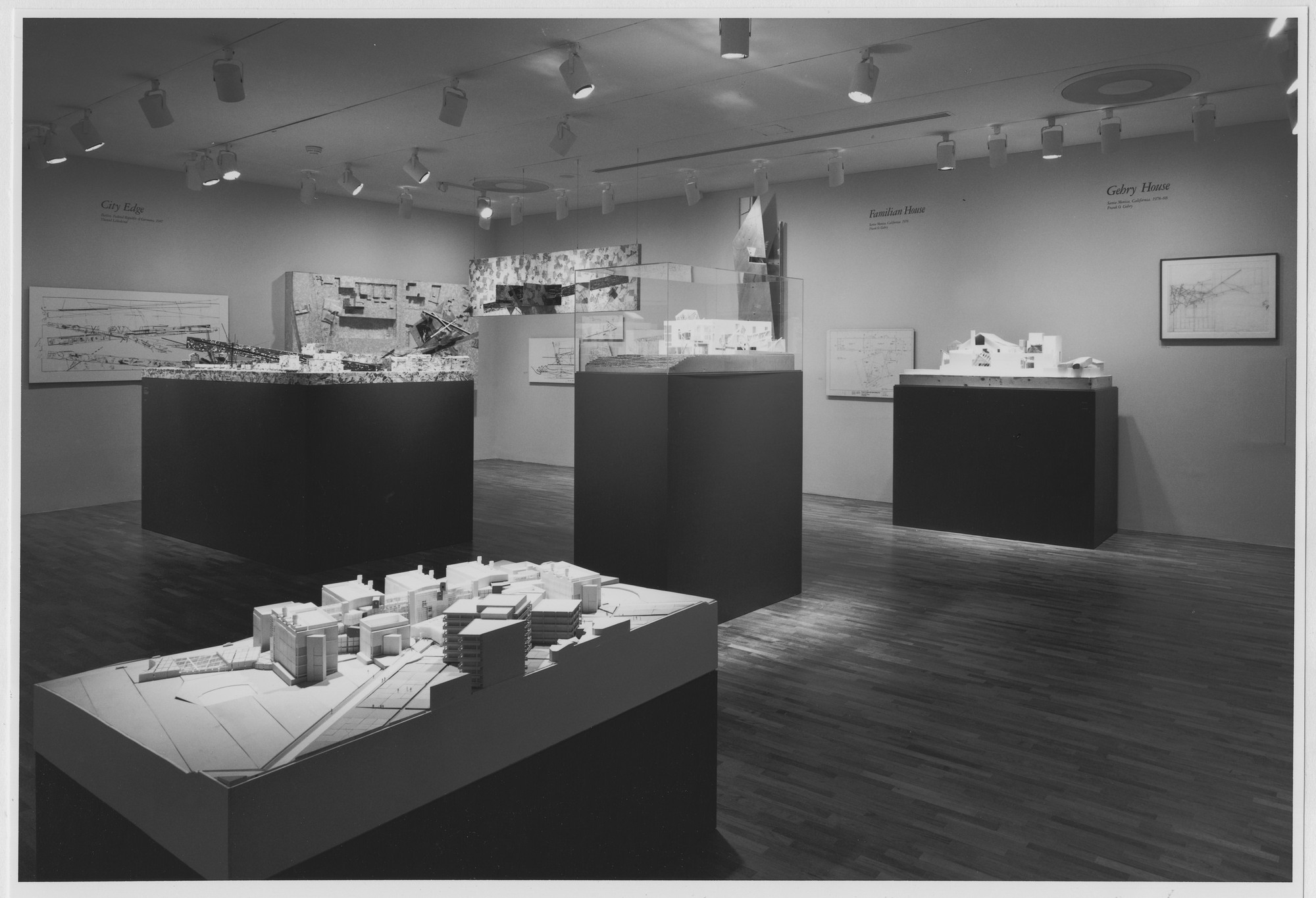
Installation view of the exhibition "Deconstructivist Architecture" MoMA
Deconstructivist Architecture HideShow Installation view of the exhibition "Deconstructivist Architecture" June 23, 1988-August 30, 1988. Photographic Archive. The Museum of Modern Art Archives, New York. IN1489.2. Photograph by Mali Olatunji. Learn more about this exhibition Works identified El Lissitzky

Bernard Tschumi is the deconstructivist architect with big ideas Santa Monica Houses, Arquitetos
1988 Description Deconstructivist Architecture, Museum of Modern of Art, New York City, 1988 Deconstructivist Architecture was displayed in three galleries at MoMA from June 23 to August 30, 1988, five decades after the influential International Exhibition of Modern Architecture of 1932.
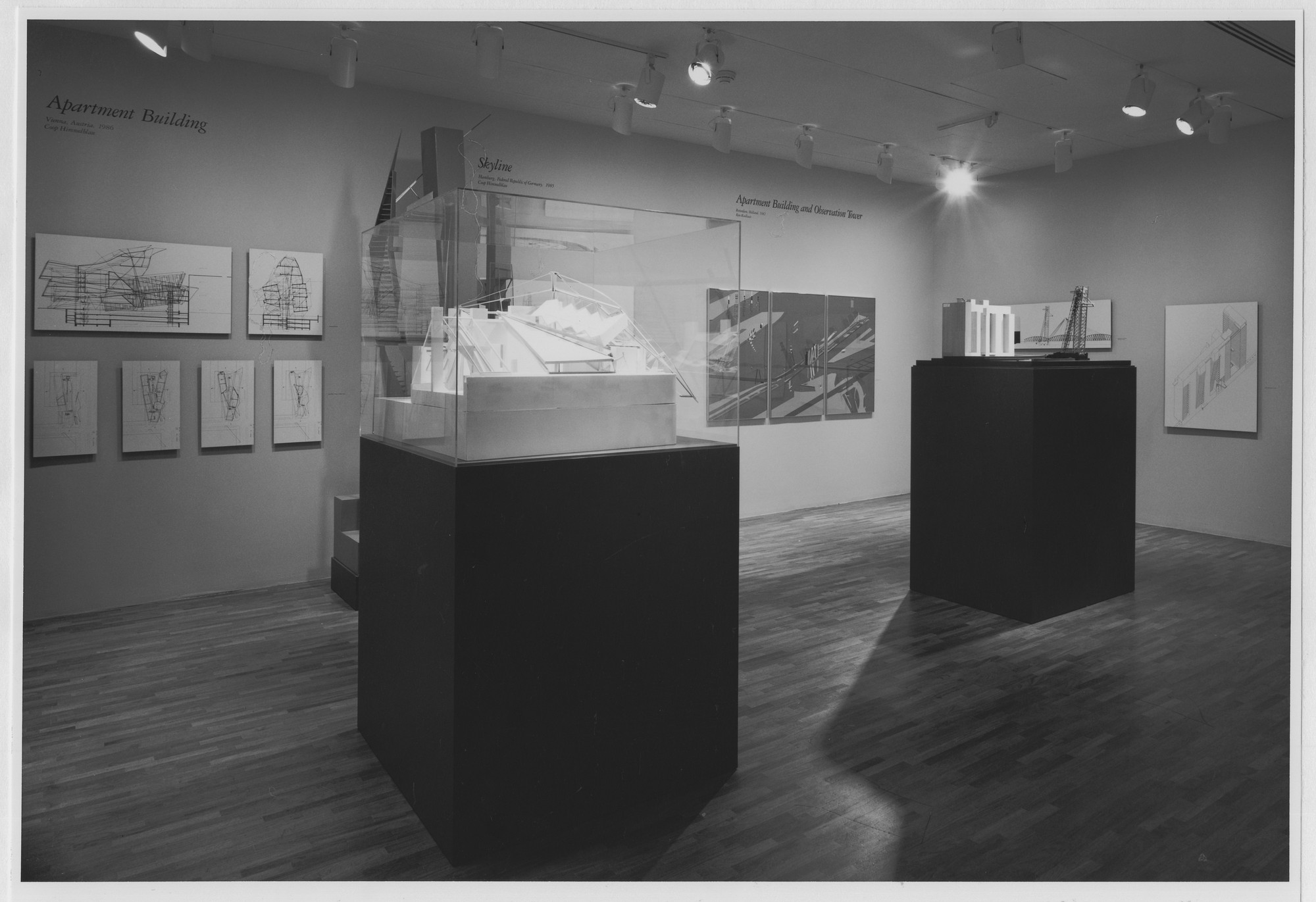
Installation view of the exhibition "Deconstructivist Architecture" MoMA
Designed by Rem Koolhaas ' studio OMA, the CCTV building is a distinctive deconstructivist building in Beijing that completed in 2012 and redefined the idea of a skyscraper. Located on a.

Seven early deconstructivist buildings from MoMA's seminal exhibition Peter Eisenman, Bernard
Deconstructivist Architecture | MoMA Visit What's on Art and artists Store Members Tickets Deconstructivist Architecture Jun 23-Aug 30, 1988 MoMA Exhibition Installation images 14 images Publications Deconstructivist architecture Philip Johnson and Mark Wigley, 1988 Out of print, 108 pages View the publication

Deconstructivist Architecture A 25th Anniversary Celebration
This book presents a radical architecture, exemplified by the recent work of seven architects. Illustrated are projects for Santa Monica, Berlin, Rotterdam, Frankfurt, Hong Kong, Paris, Hamburg, and Vienna, by Frank O. Gehry, Daniel Libeskind, Rem Koolhaas, Peter Eisenman, Zaha M. Hadid, Bernard Tschumi, and the firm of Coop Himmelblau. Published on the occasion of the exhibition.
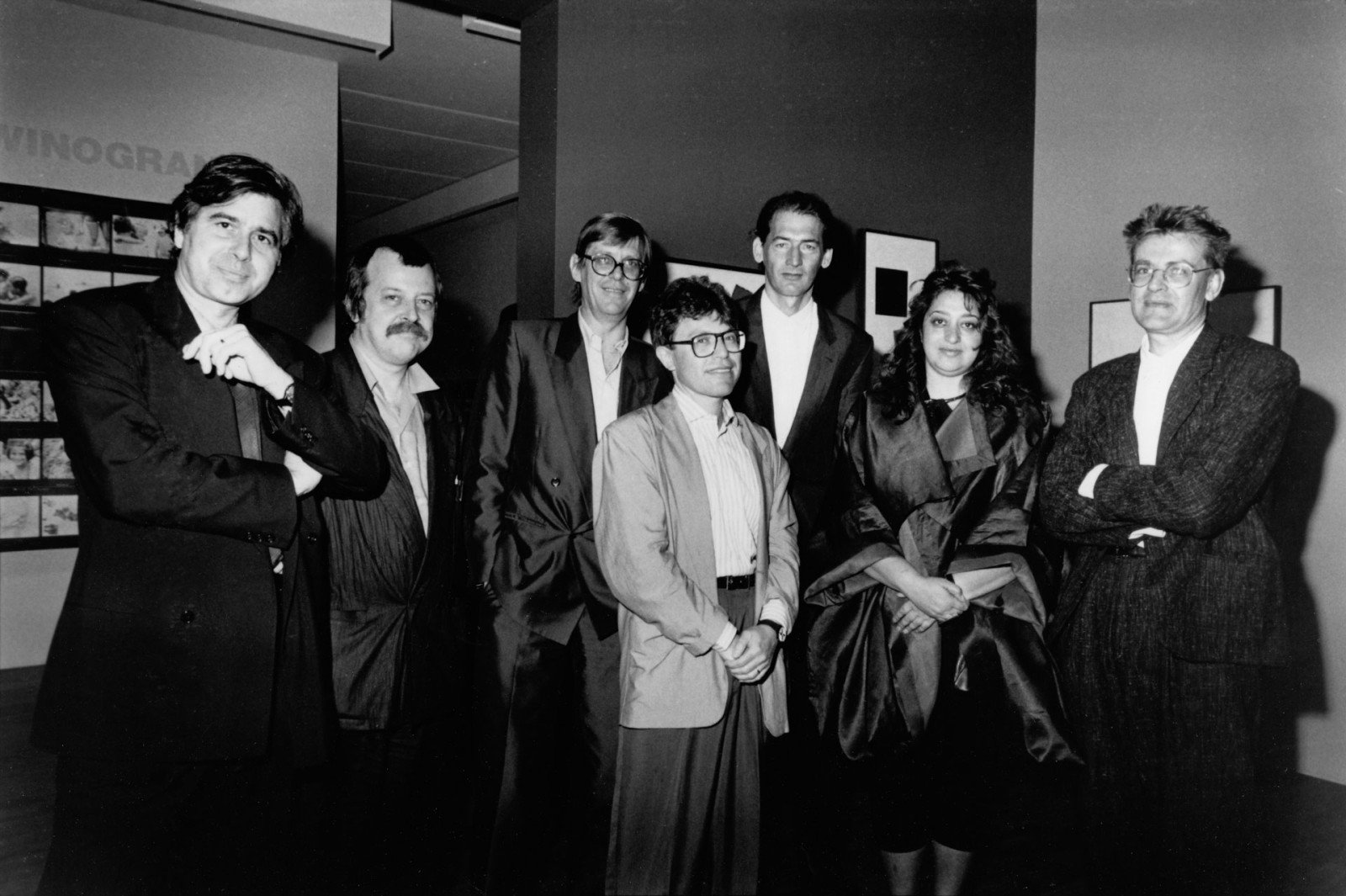
ZAHA HADID Laura Rono Studio
The style gained more attention during MOMA' s 1988 Deconstructivist Architecture exhibition, organized by Philip Johnson and Mark Wigley, which featured works done by Zaha Hadid, Peter.
.jpg)
a f a s i a Frank O. Gehry
DECONSTRUCTIVIST ARCHITECTURE This is the third of five exhibitions in the GERALD D. HINES INTERESTS ARCHITECTURE PROGRAM at The Museum of Modern Art. Conceived to examine current developments in architecture, the program includes the publication of catalogues to accompany the exhibitions, as well as lectures and symposia.

AD Classics 1988 Deconstructivist Exhibition at New York's Museum of Modern Art (MoMA
The term "Deconstructivism" refers primarily to two inspirations. The first—deconstruction—is a form of philosophical and literary analysis created in the 1960s, which questions and dismantles.

AD Classics 1988 Deconstructivist Exhibition at New York's Museum of Modern Art (MoMA) ArchDaily
In 1988, the Museum of Modern Art (MoMA) in New York City used Gehry's Santa Monica house as an example of a new, modern architecture they called deconstructivism. This style breaks down the parts of a piece so their organization appears disorganized and chaotic. Unexpected details and building materials tend to create visual disorientation and.

画廊 AD经典:1988年纽约现代艺术博物馆解构主义展览 2
Without delving into Jacques Derrida's complicated theories on Deconstructivism, this book offers a good overview from Russian Constructivism to Peter Eisenman's and Phillip Johnson's 1988 MoMA exhit - Deconstructivist Architecture. The only thing lacking is an update reflecting the current use of Deconstructivist architecture.
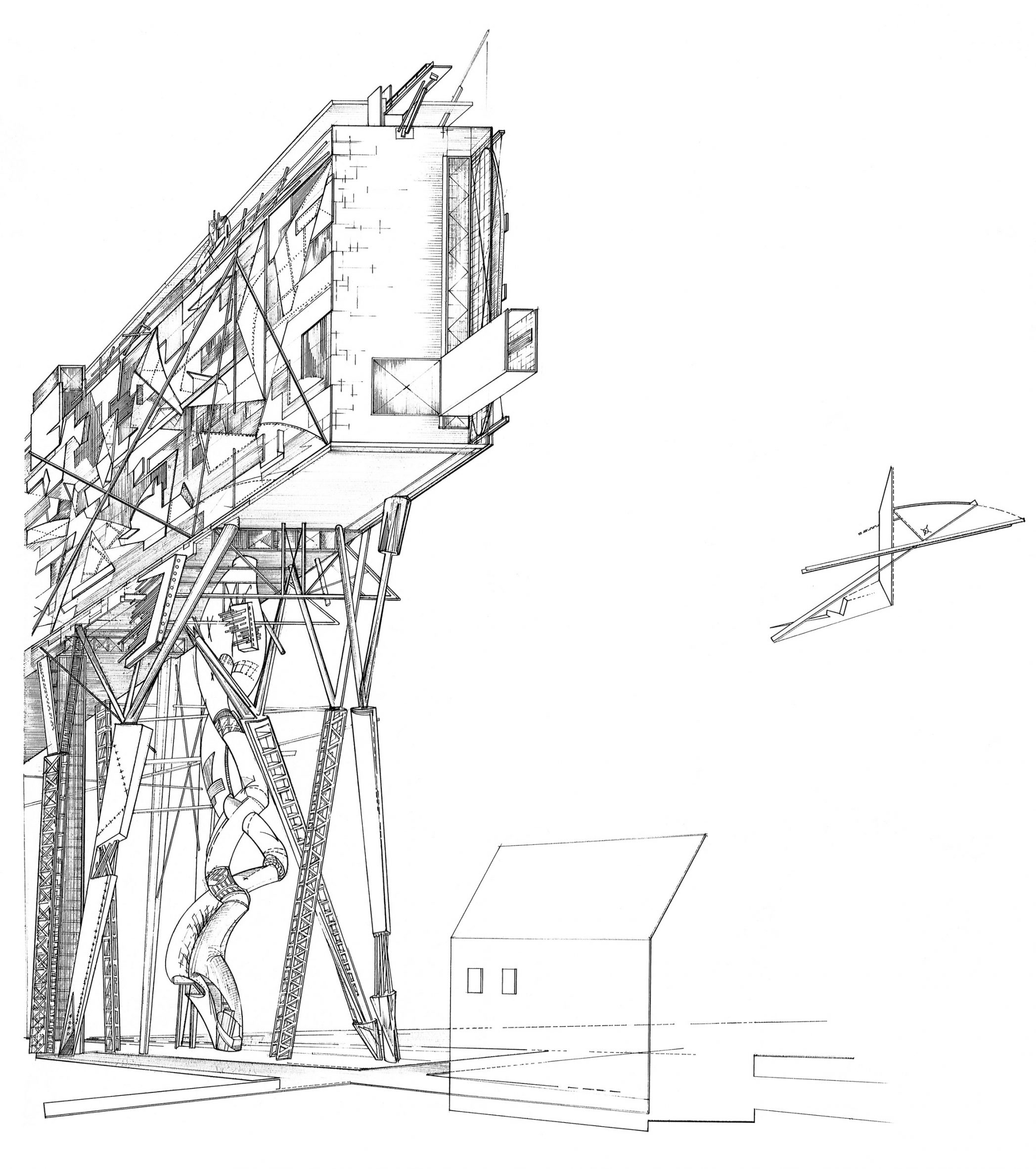
Discover 116+ deconstructivism sketches super hot in.eteachers
DECONSTRUCTIVIST ARCHITECTURE focuses on seven international architects whose recent work marks the emergence of a new sensibility in architecture. The architects recognize the imperfectibility of the modern world and seek to address, in Johnson's words, the "pleasures of unease."

Decon Artists Wigley, Tschumi, Eisenman Reflect on MoMA's Landmark "Deconstructivist
When dealing with the "Deconstructivist Architecture" (1988, MoMA New York) exhibition, one encounters a curiously ambiguous situation. On the one hand, the show is one of the pioneering architectural exhibitions of the New York MoMA, being a core reference point in relevant literature.

Rooftop Remodeling Model of Rooftop Remodeling in Vienna b… Flickr
Deconstructive Architecture is a groundbreaking exhibition catalog that explores the radical and experimental architectural projects of the late 1980s. The catalog features essays by Philip Johnson and Mark Wigley, as well as illustrations and descriptions of the works by Frank Gehry, Zaha Hadid, Rem Koolhaas, Daniel Libeskind, and others.

Deconstructivism exhibition aimed "to rock the boat" says Mark Wigley Deconstructivism
Bernard Tschumi, Folie Transformation, 1986, ink and watercolor on paper, 26 1/16 x 20 3/4 "DECONSTRUCTIVIST ARCHITECTURE," curated by Philip Johnson and Mark Wigley, opened at the Museum of Modern Art in June 1988. It seemed at first sight to be a heterogeneous affair, cobbled together from drawings and models of the mostly unbuilt work of seven architects assembled beneath a neologism.
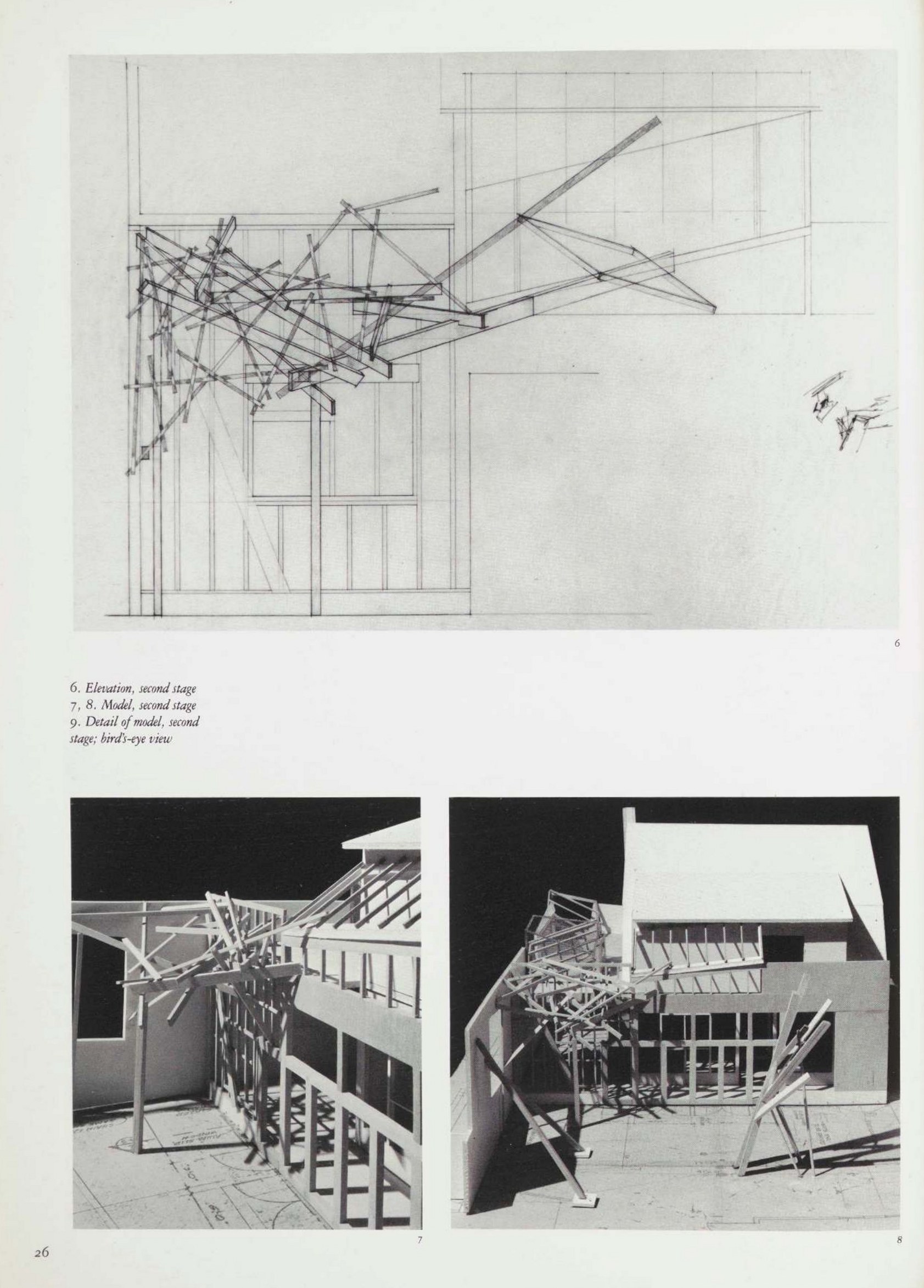
Johnson Ph., Wigley M. Deconstructivist architecture. — New York , 1988 портал о дизайне и
Deconstructivism is a postmodern architectural movement which appeared in the 1980s. It gives the impression of the fragmentation of the constructed building, commonly characterised by an absence of obvious harmony, continuity, or symmetry. Its name is a portmanteau of Constructivism and "Deconstruction", a form of semiotic analysis developed by the French philosopher Jacques Derrida.